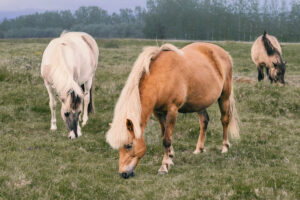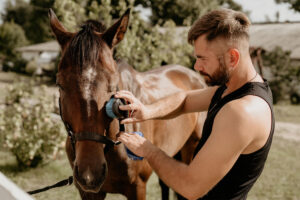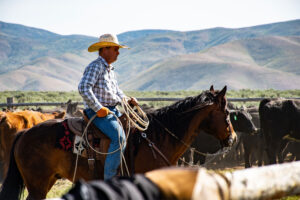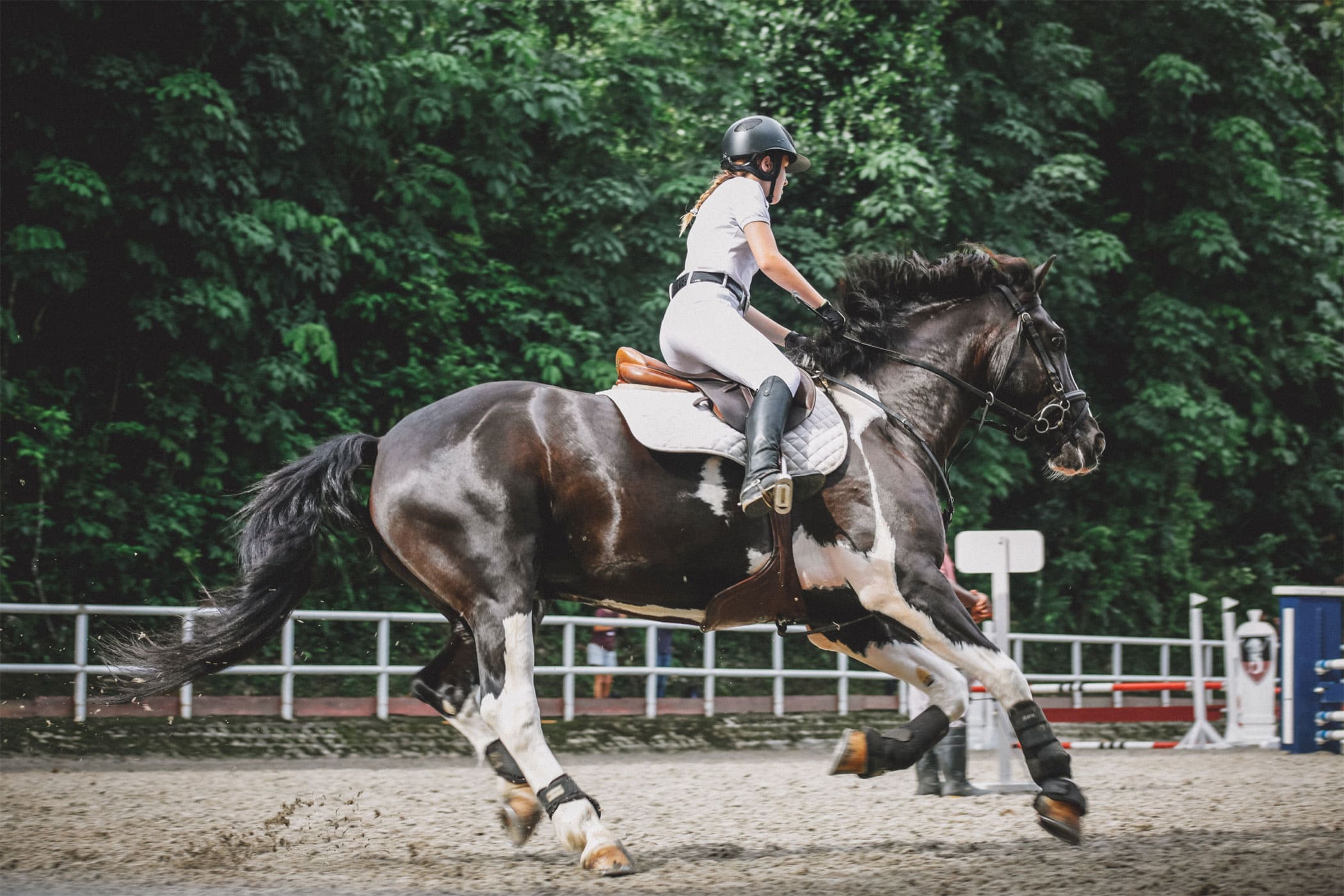
Transitioning from one riding discipline to another can be an exhilarating yet challenging endeavor for equestrian enthusiasts. Whether you’re shifting from dressage to jumping, Western to English, or exploring any other combination, it’s important to approach the process with careful planning and consideration. In this comprehensive guide, we will delve into essential tips and strategies to help you successfully navigate the transition between riding disciplines while prioritizing your horse’s well-being and training.
Setting Clear Goals: Before embarking on your journey into a new riding discipline, it is crucial to establish clear goals for yourself and your equine partner. Determine what you hope to achieve in your new discipline and set realistic milestones along the way. This will provide you with a roadmap to track your progress and keep you motivated during the transition.
Take the time to reflect on why you are drawn to the new discipline. Is it the thrill of jumping fences, the elegance of dressage movements, or the challenge of navigating a reining pattern? Understanding your motivations will help you set meaningful goals that align with your aspirations.
When setting goals, consider both short-term and long-term objectives. Short-term goals can be focused on specific skills or maneuvers you wish to master, while long-term goals may involve competing at a certain level or participating in specific events. By breaking down your goals into manageable steps, you can create a clear path for your transition.
Seeking Professional Guidance: Transitioning between riding disciplines often necessitates guidance from experienced professionals. Consider working with a knowledgeable trainer who specializes in the discipline you wish to pursue. They can provide valuable insights, correct your riding technique, and assist you in refining your horse’s training for the new discipline.
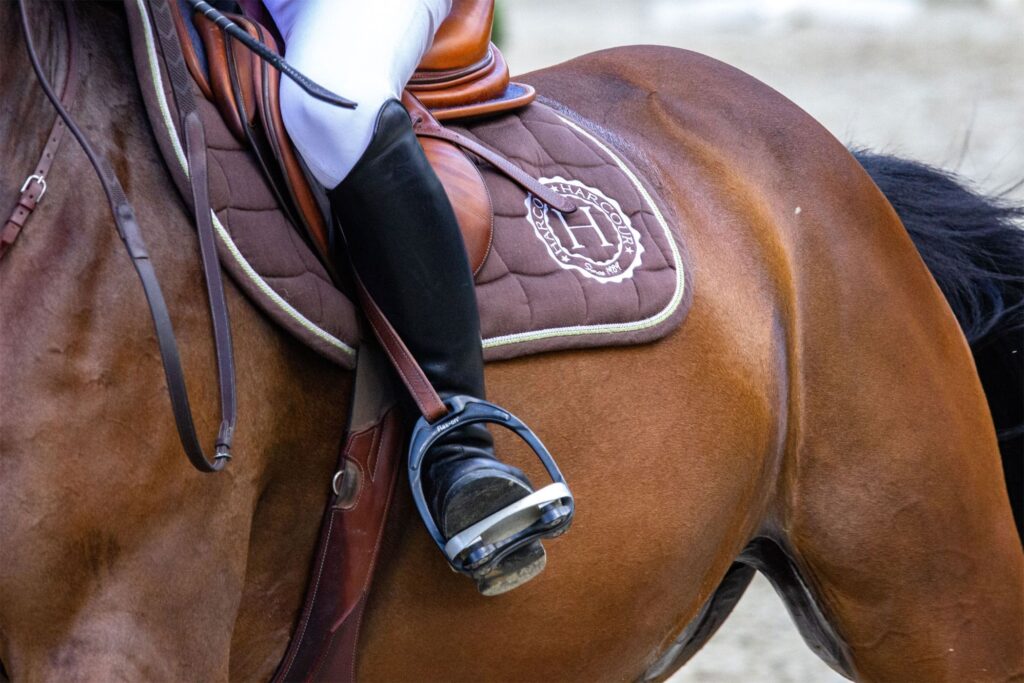
A competent trainer will assess your current skill set and tailor a training program that aligns with your goals. They will help you develop a deep understanding of the new discipline’s fundamental principles, including the correct seat, aids, and techniques specific to that discipline. With their expertise, you can avoid common pitfalls, accelerate your progress, and foster a solid foundation for success.
It is important to find a trainer who not only possesses the necessary expertise but also understands and respects the individuality of you and your horse. Effective communication and a positive working relationship with your trainer are essential for a harmonious transition.
Gradual Training Approach:
Switching disciplines is a process that should be approached gradually to ensure a smooth transition for both you and your horse. Rushing into a new discipline without adequate preparation can lead to confusion and potential setbacks. Taking the time to introduce your horse to new cues, movements, and equipment gradually is key to their understanding and acceptance.
Begin by familiarizing your horse with the basic concepts of the new discipline through ground exercises. For example, if transitioning to jumping, start with groundwork exercises that introduce poles and small obstacles. This will help your horse understand the idea of going over objects without the added challenge of a rider’s weight.
Once your horse is comfortable with groundwork exercises, start incorporating the new discipline’s elements under saddle. Begin with simple exercises and movements, gradually building complexity over time. Be patient and observant of your horse’s reactions, ensuring they remain relaxed and engaged throughout the process.
Building on Previous Skills:
While transitioning between riding disciplines may require learning new techniques and approaches, it’s important to recognize and build upon the skills you and your horse already possess. Look for connections and similarities between your previous and new disciplines, as it can help accelerate the learning process. Leveraging your existing foundation can provide a solid base to build upon.
For example, if transitioning from dressage to jumping, the suppleness and obedience developed through dressage training can greatly benefit your jumping endeavors. The ability to maintain a balanced seat, control the pace, and accurately guide your horse’s movements are transferable skills that will enhance your jumping performance.
By acknowledging and utilizing the strengths you and your horse have already cultivated, you can expedite the learning curve in your new discipline. This approach also helps create a sense of continuity and familiarity for both you and your horse during the transition.

Cross-Training:
Cross-training can be a valuable tool to bridge the gap between riding disciplines. Incorporating exercises and activities from your new discipline into your regular training routine can help develop the necessary strength, flexibility, and coordination required for success in the new discipline. Additionally, it can enhance your horse’s overall athleticism and versatility.
Introduce exercises that target the specific muscle groups and movements required in the new discipline. For example, if transitioning to dressage, incorporate lateral work and transitions within your regular training sessions. This will help your horse develop the suppleness, collection, and engagement needed for dressage movements.
Cross-training not only enhances your horse’s physical abilities but also keeps their training varied and interesting. It helps prevent boredom and burnout, promoting a positive attitude towards the transition. However, ensure that you balance the cross-training activities with focused discipline-specific training to avoid diluting your progress in the new discipline.
Patience and Persistence:
Transitioning between riding disciplines is a journey that requires patience and persistence. It’s essential to understand that progress may not happen overnight. Be prepared to face challenges and setbacks along the way, but remain dedicated to your goals. With consistent effort and a positive mindset, you and your horse can conquer the transition and thrive in your new discipline.
Celebrate small victories and milestones, as they signify progress and growth. Remember that every horse and rider combination is unique, and the transition timeline will vary. Avoid comparing yourself to others and focus on your individual journey.
Maintaining open lines of communication with your trainer, as well as seeking support from fellow equestrians, can be valuable during moments of frustration or doubt. Surround yourself with a supportive community that understands the challenges of transitioning between disciplines.
Conclusion:
Transitioning between riding disciplines can be a rewarding and fulfilling experience, allowing you to expand your equestrian skills and explore new horizons. By setting clear goals, seeking professional guidance, adopting a gradual training approach, building on previous skills, cross-training, and maintaining patience and persistence, you can navigate the transition successfully. Remember to prioritize the well-being and happiness of your horse throughout the process, ensuring a harmonious partnership as you embark on this exciting new chapter in your equestrian journey.

